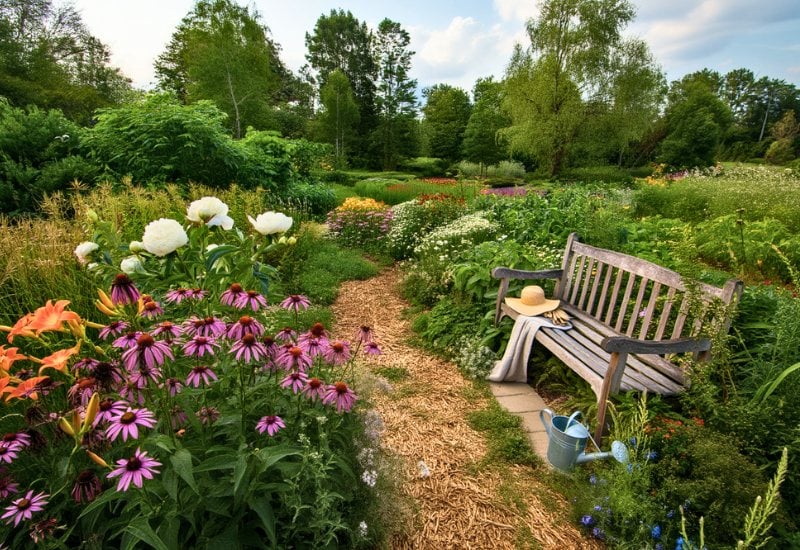
Well, spring is coming to an end and summer’s coming, with sunshine, bumper crops and… Lots of work for perennial gardeners! Yes, we are all falling behind, because the end of May and the beginning of June is one of the busiest times in our backyards and front gardens! I understand you; I am literally run off my feet too!
The end of the planting season matches the start of the “big harvesting time”; soon the rains will stop (or have they already where you are?), but weeds still spread like wildfire. Plants and perennials start feeling the strain, as we all do.
So, what do smart perennial gardeners do, at this crucial time of the gardening season? I have 10 priorities for you and your perennials, so you can focus on what really matters, and make the best of your time and work!
1: Fertilize!
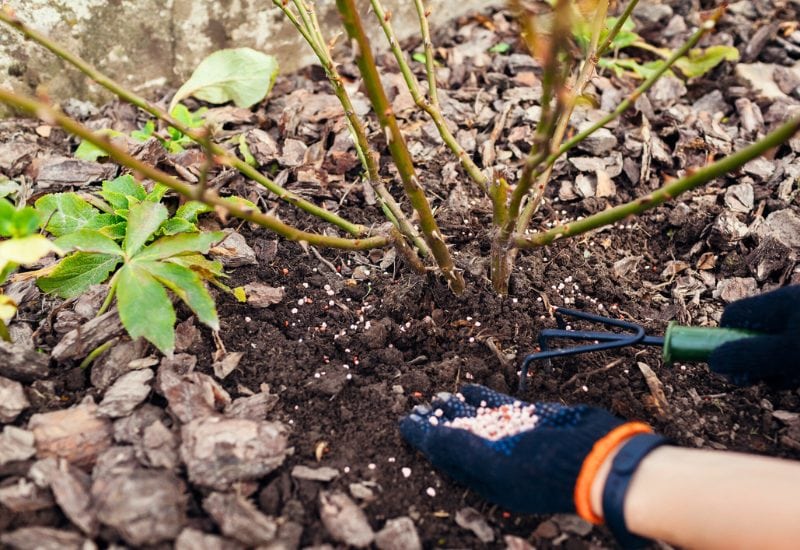
If you haven’t done it yet, feed your perennials now! Don’t wait, or it will be too late! Summer is a hard time for them, with sultry days and a massive thirst, so they need the energy now to prepare for the tiresome times ahead.
Compost is perfectly fine for your perennials, and it is cheap and easy to use. A 1 inch layer (2.5 cm), at this stage is perfectly fine.
But if you see that your perennials are taking the heat, that they are getting tired already, you may want to pick a fast-release, liquid fertilizer instead. Choose an organic one, and be careful about the NPK ratio.
The balanced and “all purpose” 10-10-10 is always safe to use, but if your perennials are going into flowering and fruiting, you want to give them a bit more phosphorus (P).
2: Get Your Irrigation System Working

Maybe rains are still plenty where you live, but they may stop soon! Ideally, you should have sorted out your irrigation system at the start of the season, but many people don’t do it. Sometimes for good reason, maybe because it’s not necessary in their region (yours) in spring, or maybe because they were too busy…
Well, if you haven’t set it out yet, do it now! Your perennials will be very thirsty soon. In case you have, but you haven’t used it, test it now! You don’t want a bad surprise when your hostas or artichokes are dying of thirst!
And, as a general reminder, use a drip irrigation system; it saves you water, and why should you water weeds as well?
3: Check for Pests Now!
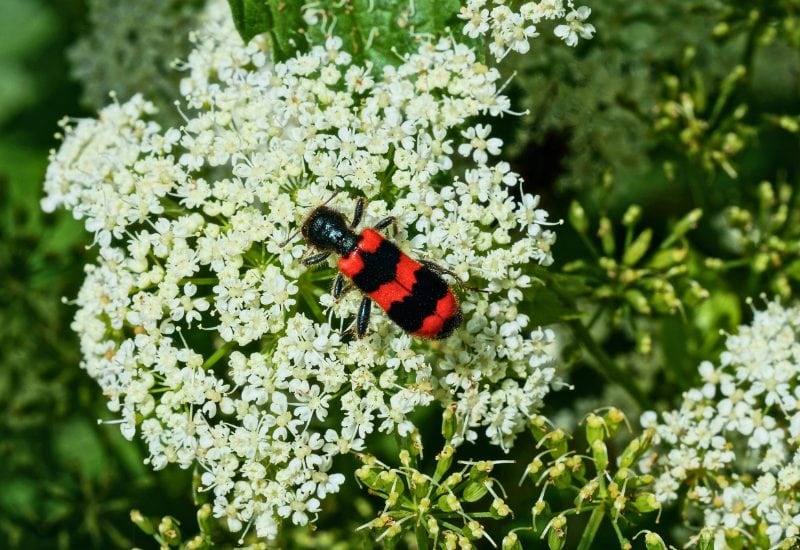
When it is still humid and it is getting warm, pests like aphids and thrips have a great time munching on your perennials. And this is the time they really spread fast and wide.
So, take some time to check your perennials for pests of all sorts, and remember to check under their leaves, where they hide from you.
Take steps that are gentle to your perennial (and annual plants), but severe to them, like spraying a solution of neem oil and water (1 part in 100 is fine, or a teaspoon per liter).
4: Organize Your Morning Chores
You can always pick the odd bunch of lettuce in the afternoon, if you forget, but the best time to harvest is in the morning. Days are getting longer, the heat of the Sun sets in early, and you want them fresh and rejuvenated by the night’s cool weather.
So, mornings are for two things mainly: heavy jobs better done when it’s fresh (like digging, moving pots etc.) and harvesting. You can still check for pests at this time, but don’t panic, you will have time to sort them out in the evening, and your perennials won’t die in the meantime.
But this is definitely not the time to mulch or work in your shed or sort out your tools…
5: Divide Clumpy Perennials Now
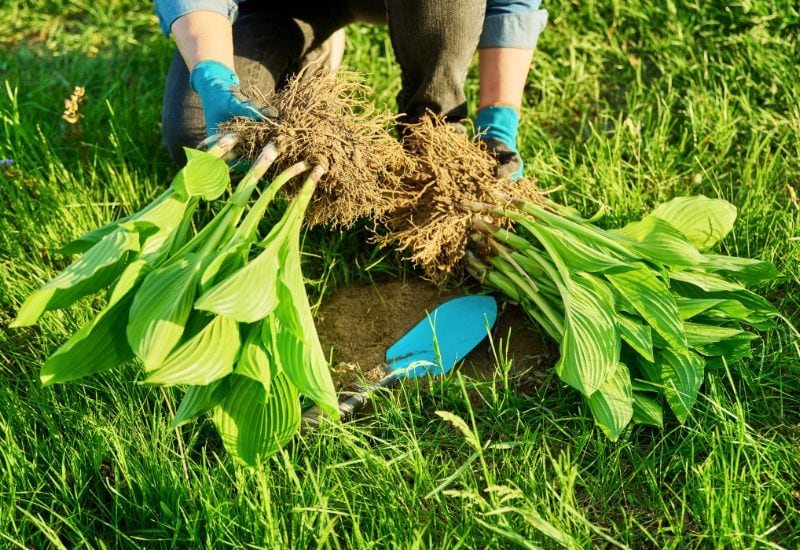
So, you fed and watered your perennials so well that they have become a bit too clumpy, even overgrown? Well, this is basically the last slot of time you have to divide them!
The weather is still bearable for them, so they won’t suffer too much! If you do it later, they won’t have the strength to face the dry heat of summer and settle in as well.
6: Uproot Spring Bulbs and Tubers
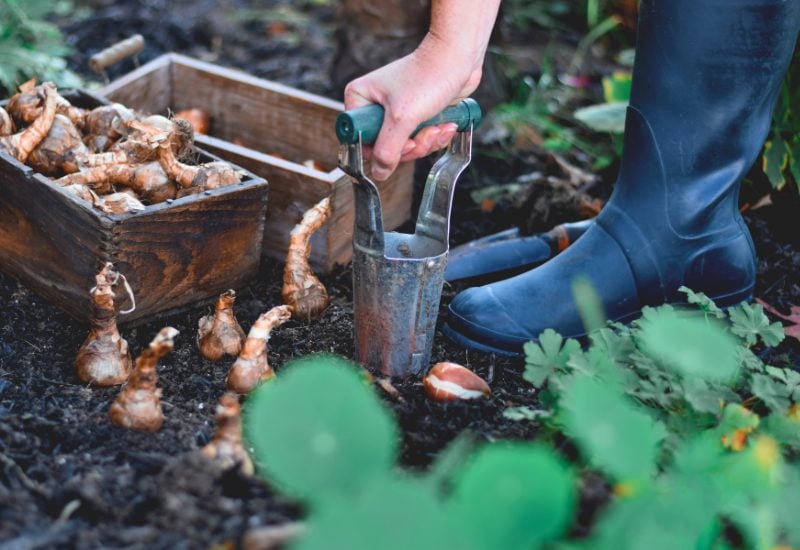
By now, your tulips and daffodils will have done their job. Ok, we usually leave daffodils in the soil, but how about if they have become clumpy and you want to divide them? And how about delicate hyacinths and tulips? It is time to uproot them and store them safely for the hot season…
7: Tie Climbers to Supports
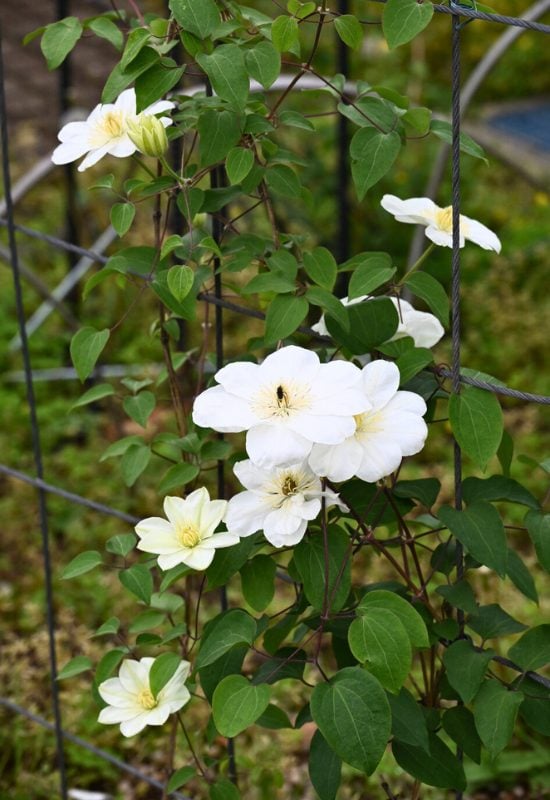
You don’t want your perennial climbers to fall on your head later on in the season, and at this time, they will be growing very fast indeed. Whether you have decorative varieties, like clematis and black-eyed Susan, fruiting ones like raspberries, or a small vineyard, this is really the time to tie them to their support, be it a trellis, a pergola, your fence or a simple stake!
If you have more than one climber (variety), I suggest you set aside some time and you tie them all in one go…
8: Take Softwood Cuttings from Your Perennials
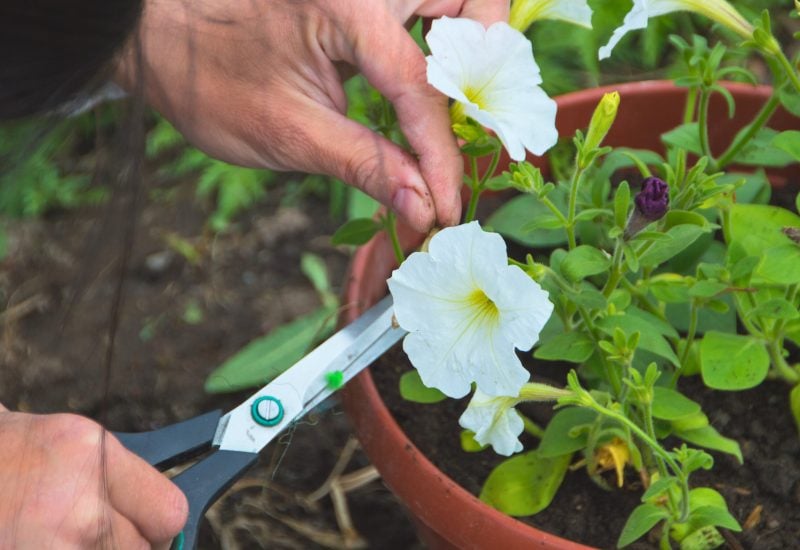
Many perennials that grow from softwood cuttings can be propagated now. Yes, they have grown the new shoots during spring, and they are just about big and strong enough to start a life on their own.
Marjoram, sage, pelargoniums, penstemons, hydrangeas, aubretias and even petunias grow well from softwood cuttings. Place them in a small pot with good quality soil and in a bright, but also cool and sheltered place. And you will soon be planting them again.
9: Fill in the Gaps between Your Perennials
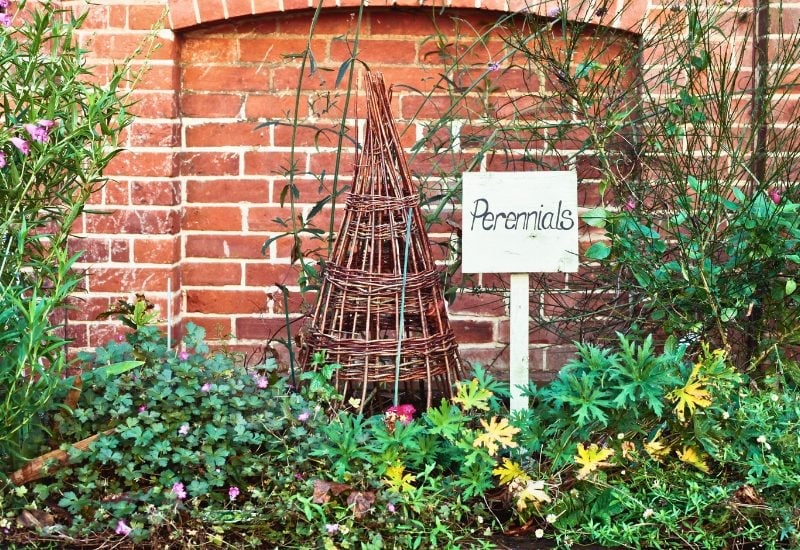
Do you have a perennial border or flower bed? Has it given you a lot of joy and a wonderful display in spring? Fine, but by now, some of your plants will have died, maybe because they are old, or maybe because they didn’t make it this year.
So, uproot the ones you don’t need any more, or those that have underperformed or died, and fill in the gaps with new ones!
10: Deadhead Spent Blooms

If you have not done it yet, make sure you deadhead spent blooms as May closes and June comes with its warm weather, or keep doing it… Your perennials will soon need lots of energy to face the heat of summer, and you don’t want them to invest it in producing seeds.
Deadhead them now and they will divert their energy back to leaves and roots, keeping string and ready to blossom next year round.
The only exceptions are those you want to fruit, and if you want to get some seeds, only leave a few heads on; your perennials will focus on them, and the seeds will be stronger!
The Perennial Gardener’s Priorities for the May-June Transition Season
So, here they are, 10 priorities for your perennials and for you, so you know how to manage your gardening, and focus on important tasks in this change of season, between the months of May and June! I hope it’s been helpful.

Written By
Amber Noyes
Amber Noyes was born and raised in a suburban California town, San Mateo. She holds a master’s degree in horticulture from the University of California as well as a BS in Biology from the University of San Francisco. With experience working on an organic farm, water conservation research, farmers’ markets, and plant nursery, she understands what makes plants thrive and how we can better understand the connection between microclimate and plant health. When she’s not on the land, Amber loves informing people of new ideas/things related to gardening, especially organic gardening, houseplants, and growing plants in a small space.
